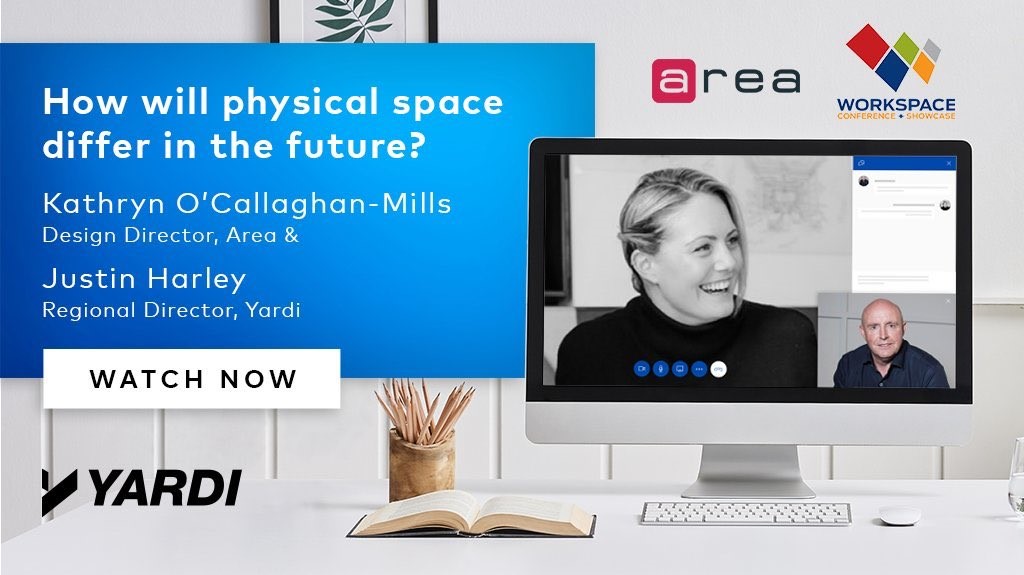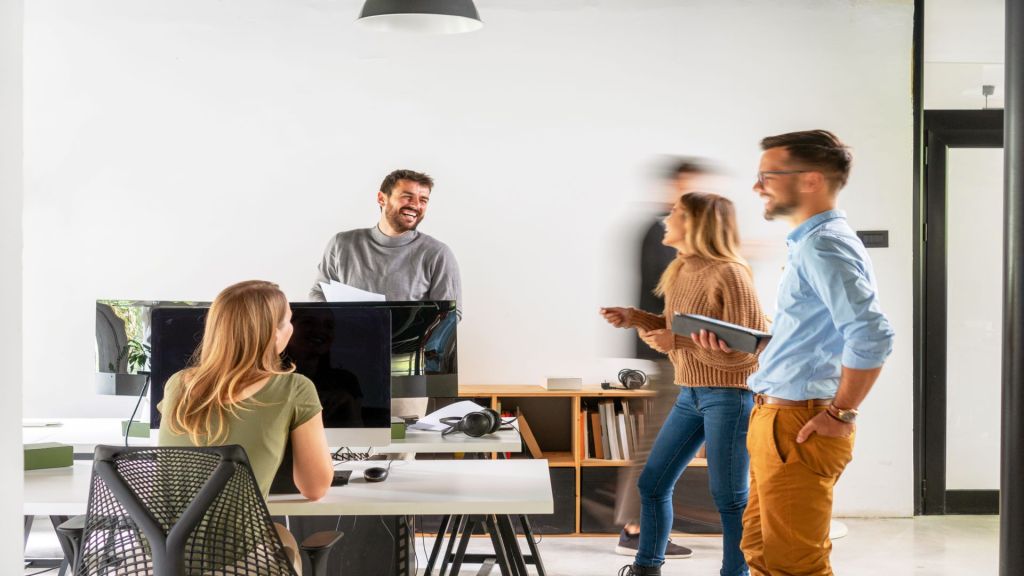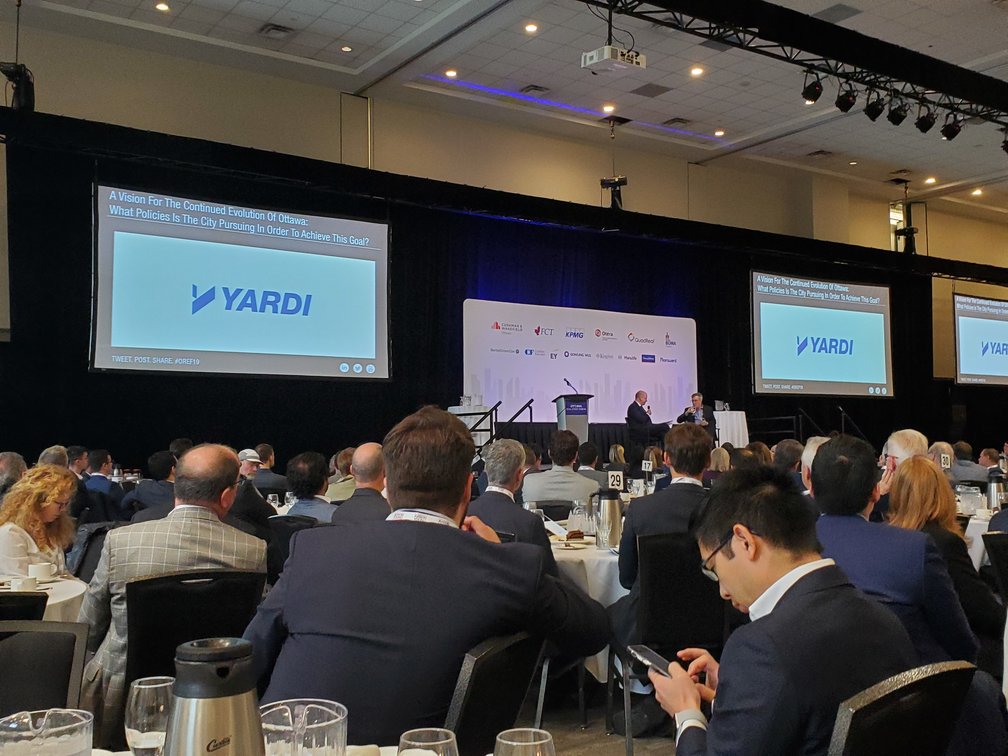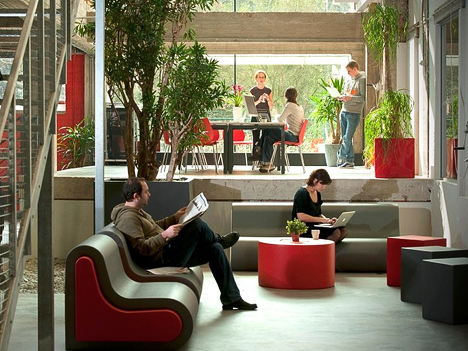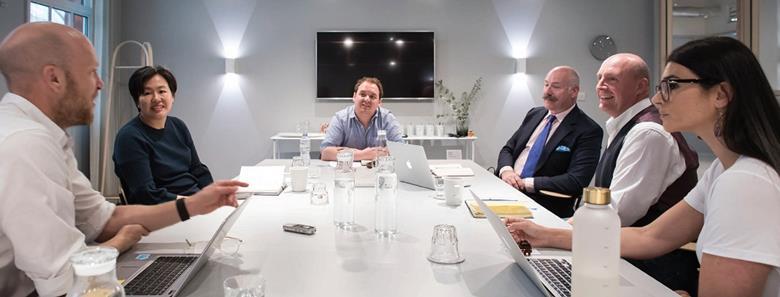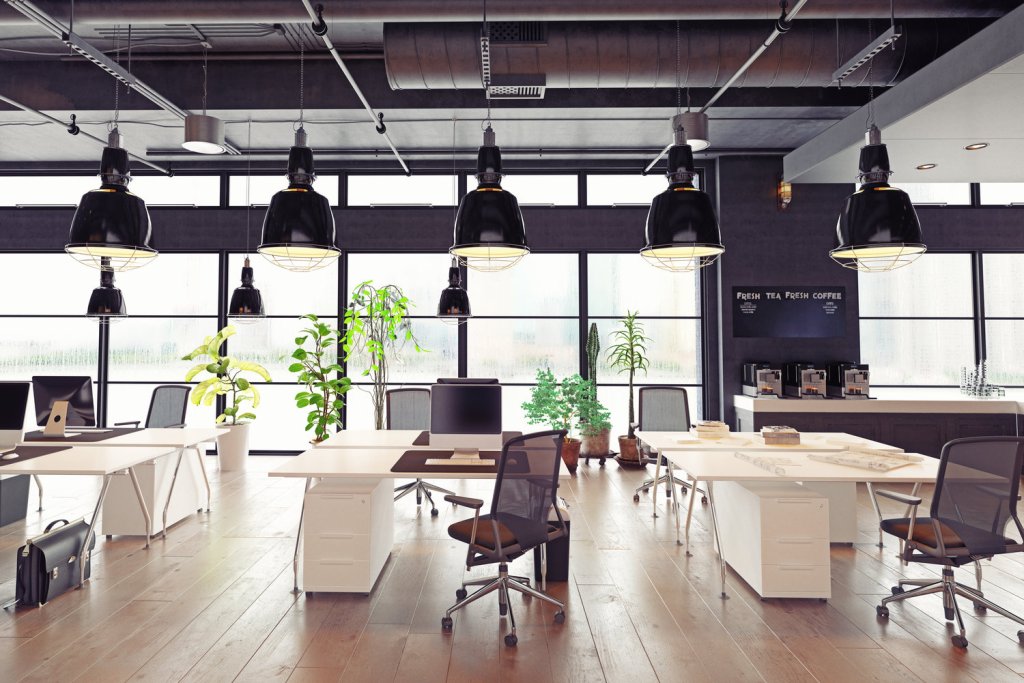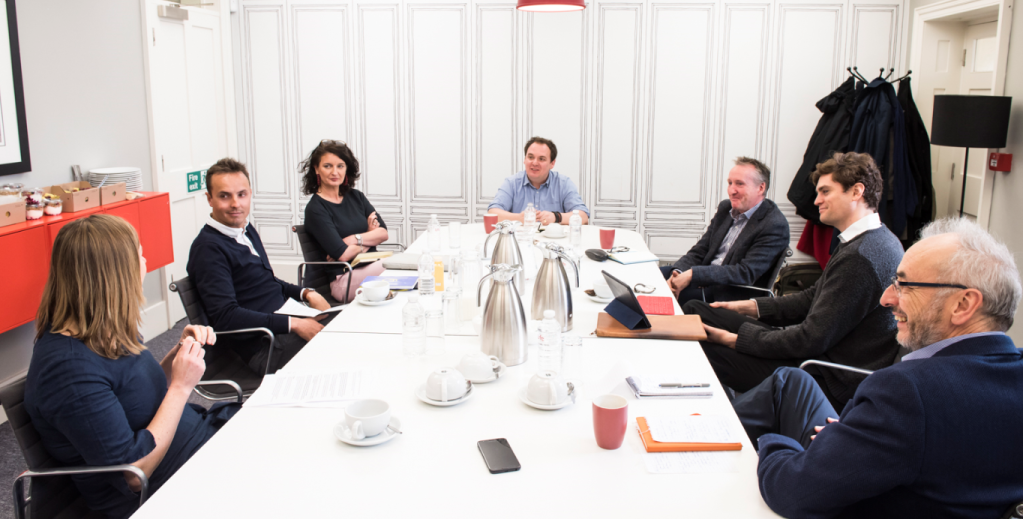Café Coworking
Hospitality Bites into Flexspace
Before coworking became an industry, we had coffee shops. Any café with free internet became a place where students and professionals would settle in for work. In the age of coworking spaces, coffee shops are still formidable competition—and tech innovations make the competition stronger. Coffee shops are cashing in as flexible workspaces We’ve all witnessed […]

